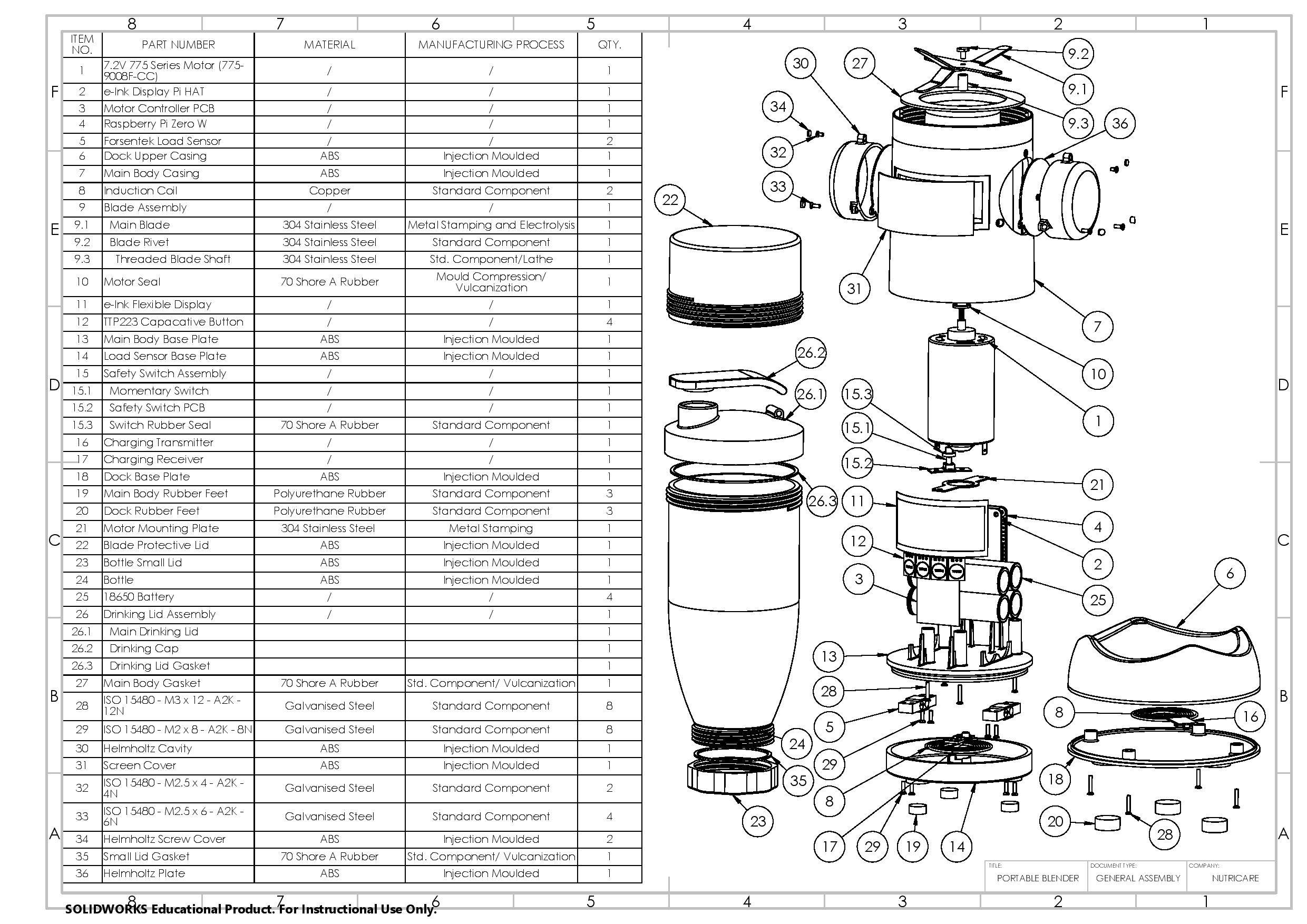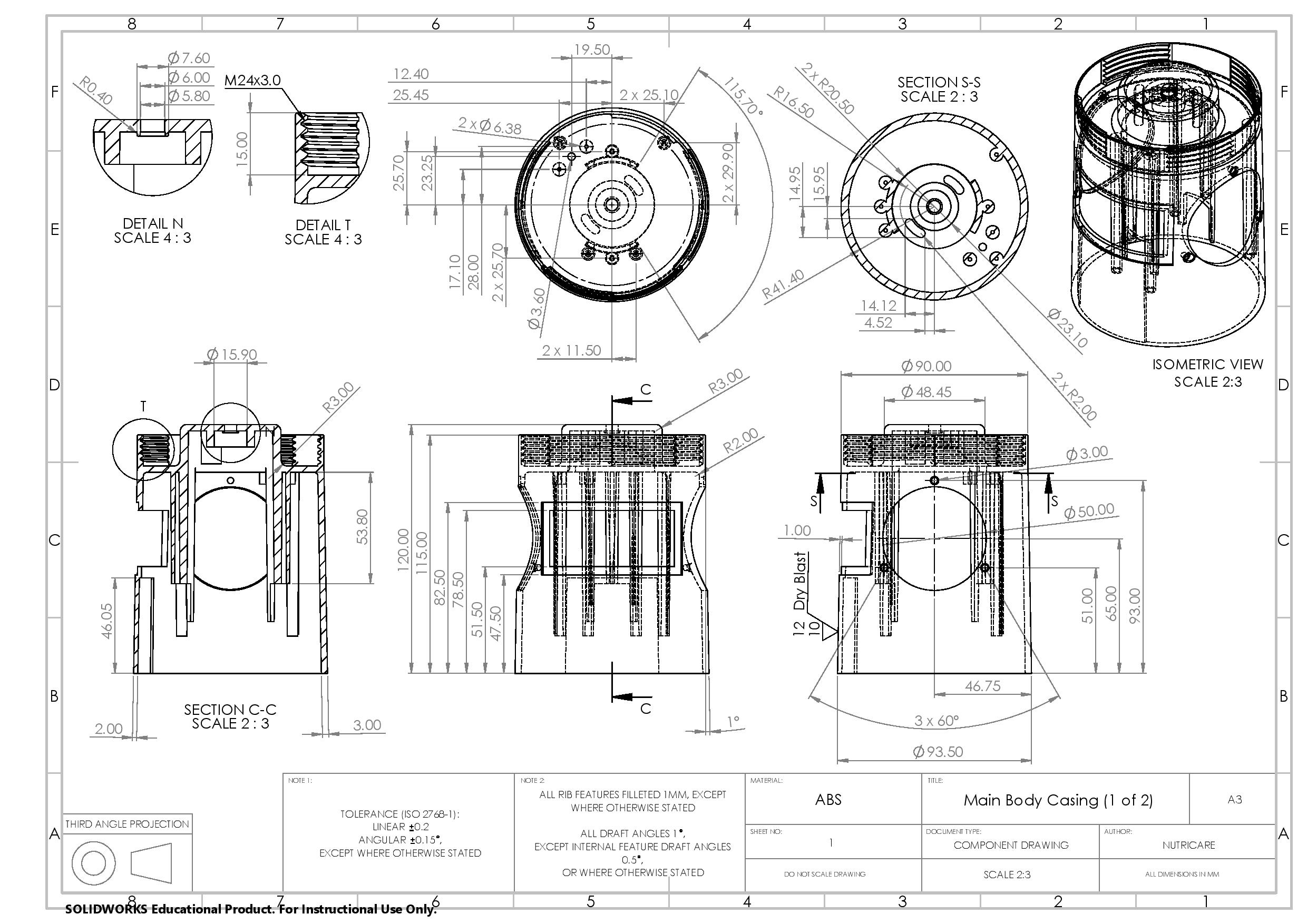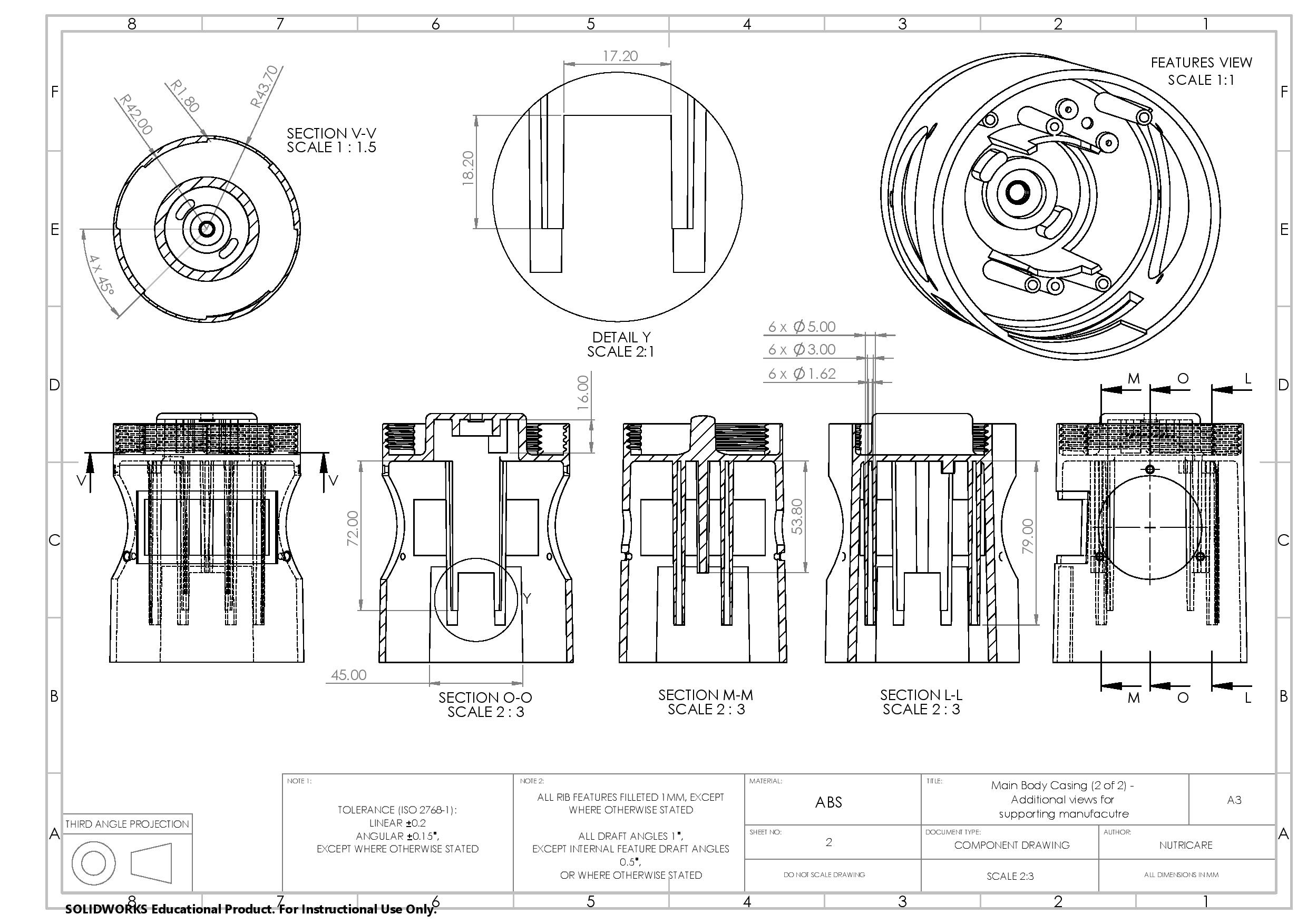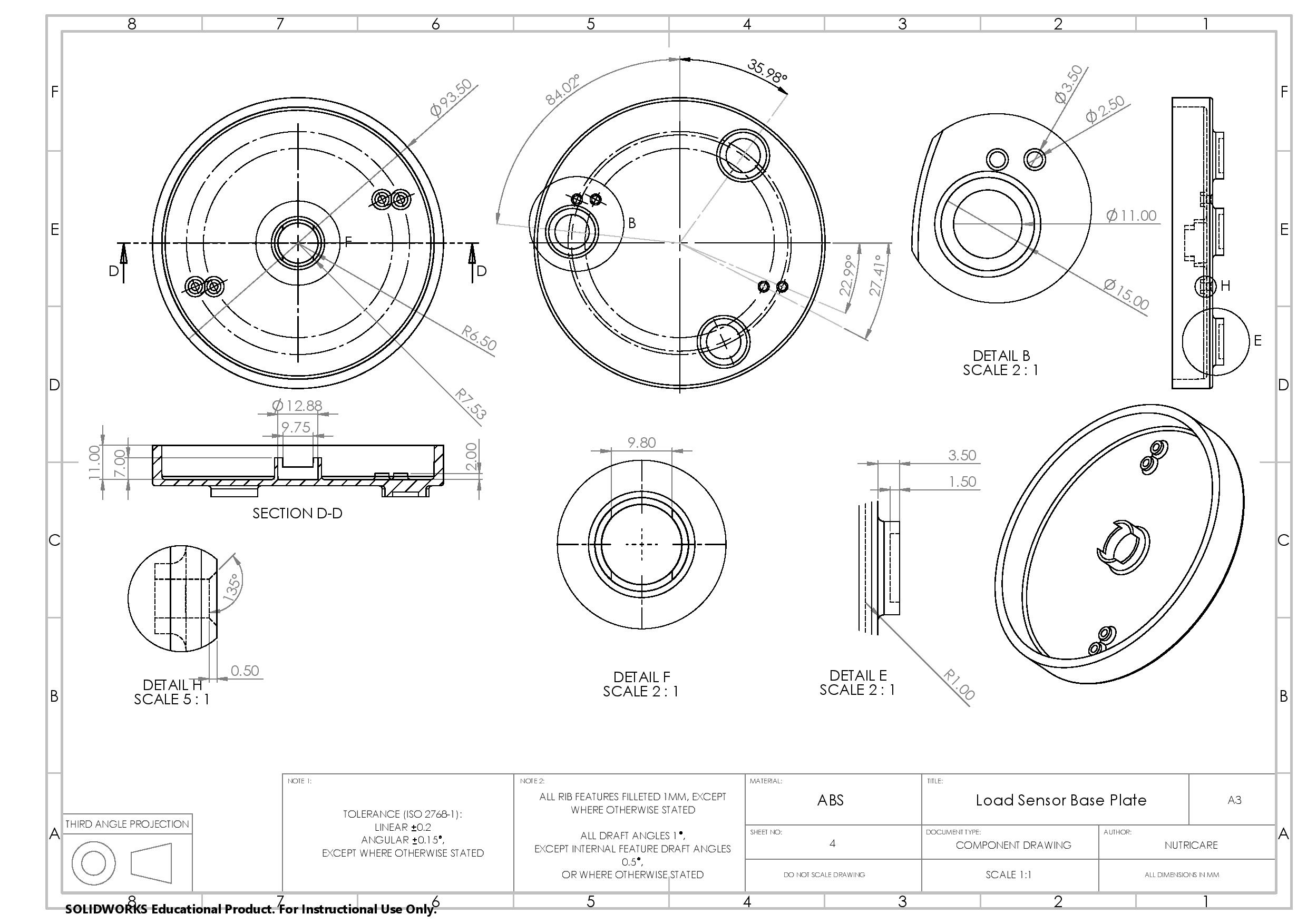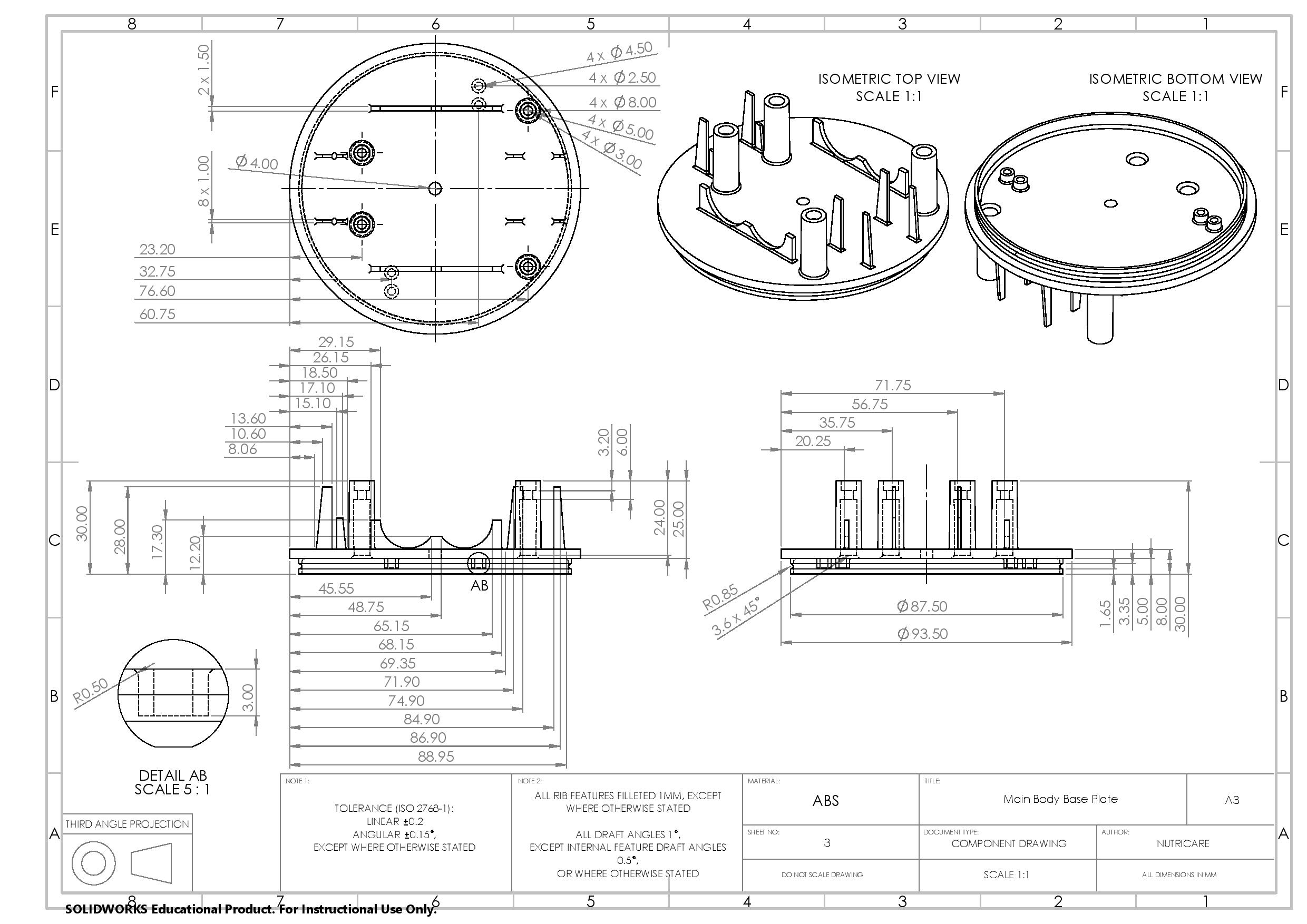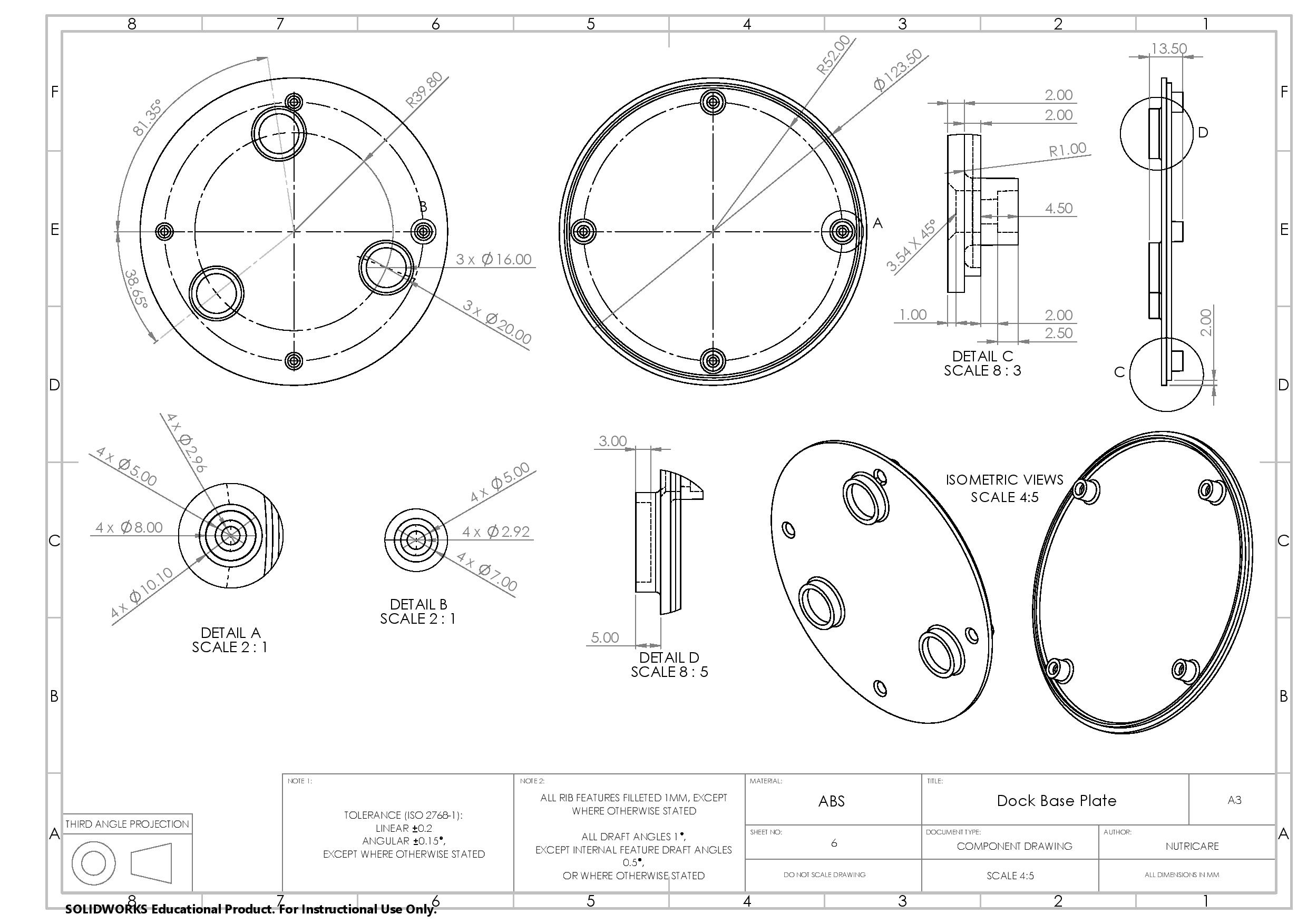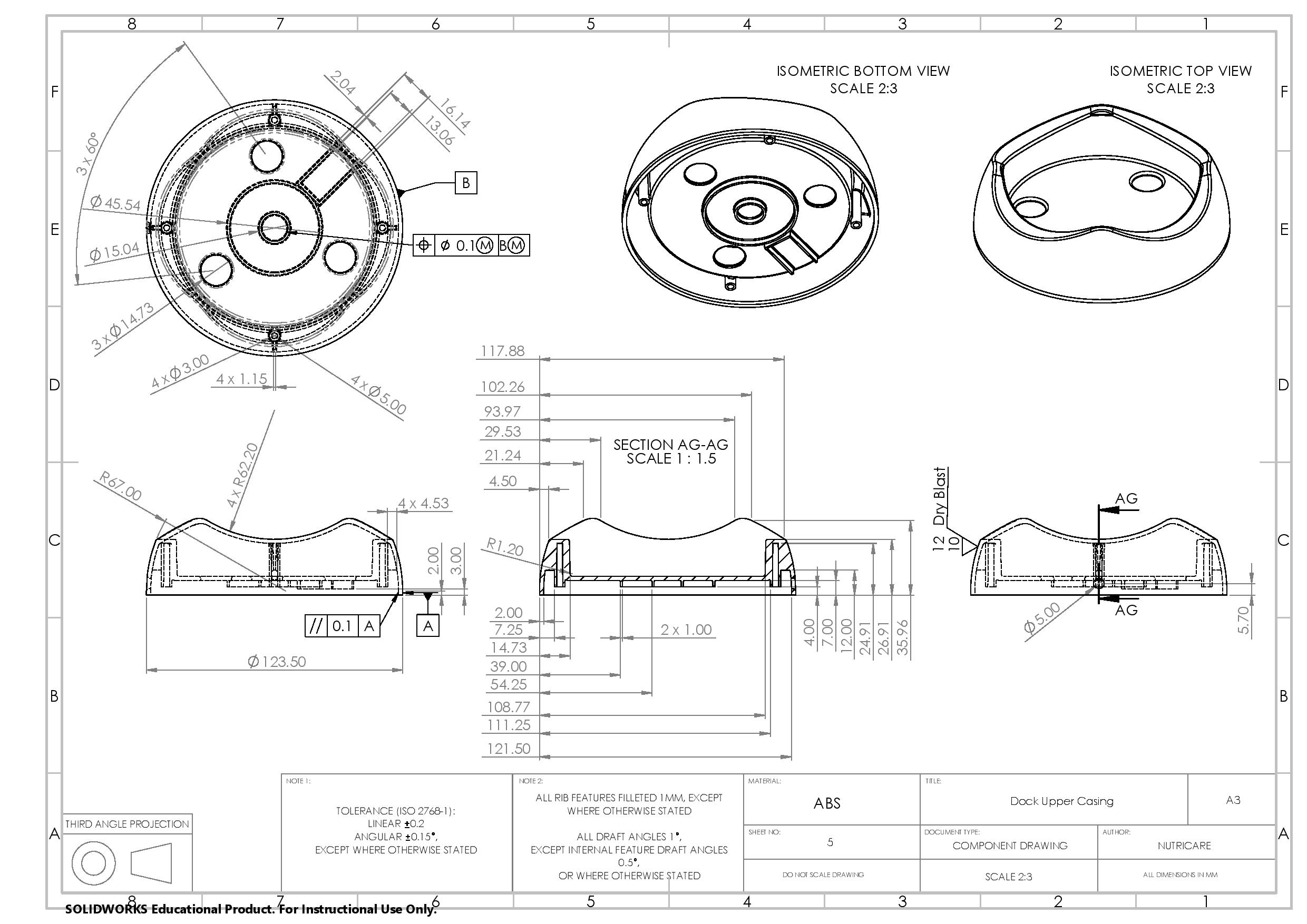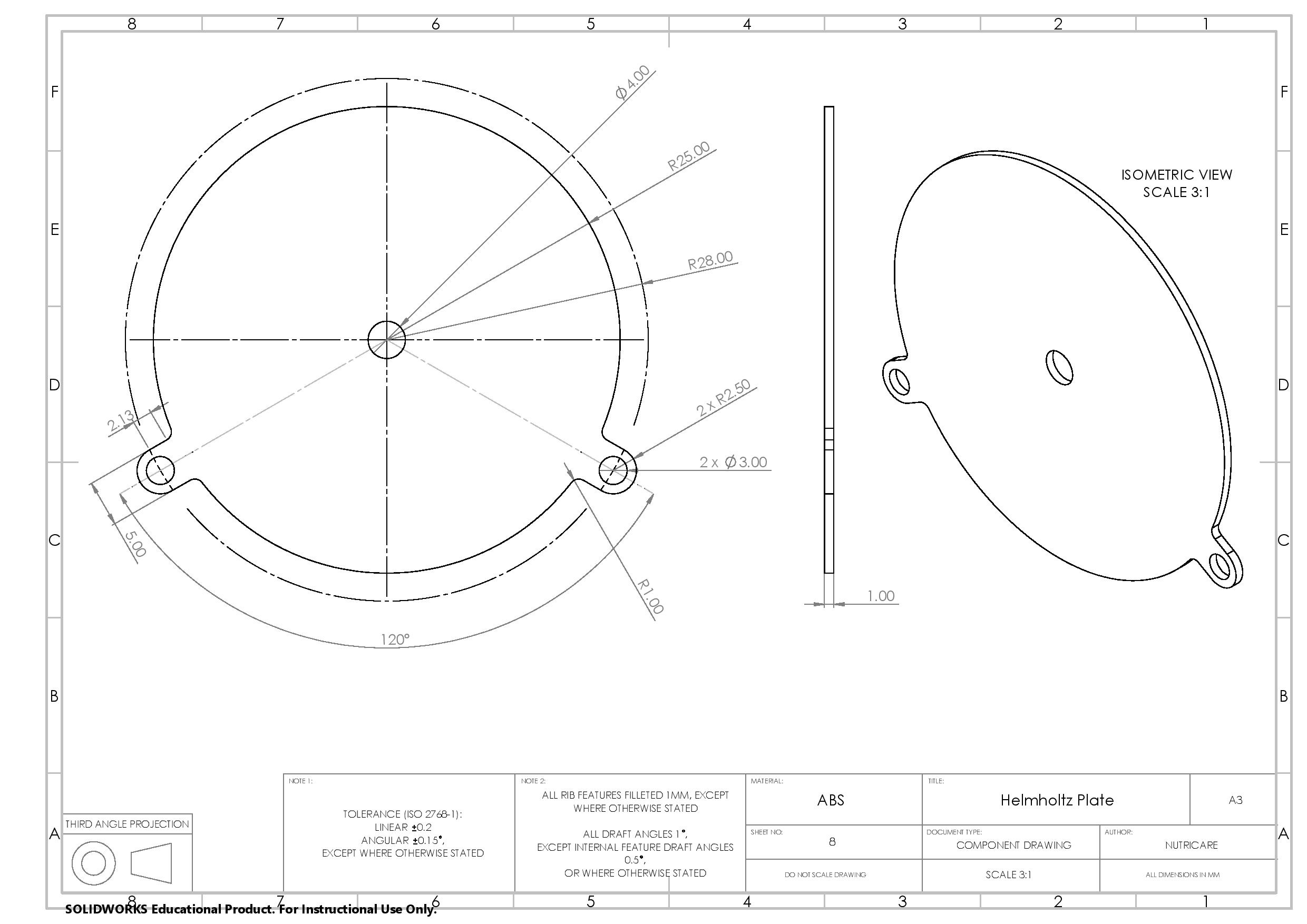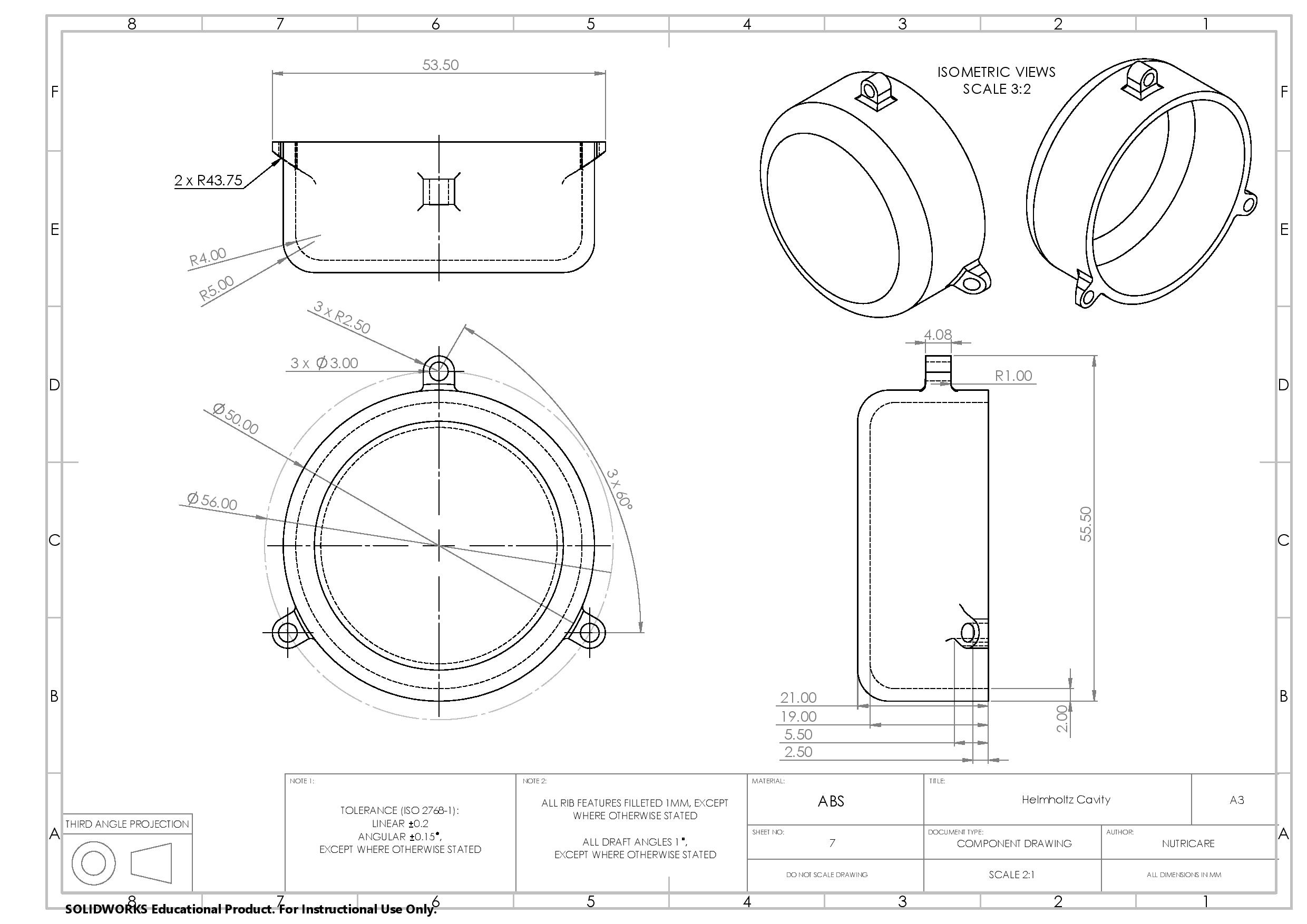Nutricare: Inclusive Blender Design
overview
An engineering design project with the brief to create a battery-powered hand tool that not only appeals to the mass market, but also meets the needs of a specfic underserved user group.
The project was adapted from producing a functional prototype to focusing more on concept realisation through digital models, simulation and testing in response to lack of workshop access due to COVID lockdown.
The project was adapted from producing a functional prototype to focusing more on concept realisation through digital models, simulation and testing in response to lack of workshop access due to COVID lockdown.
the challenge
Developing a product to aid the deaf and hard of hearing community. Most deaf users can still hear to some extent and loud background noise can often be distracting as well as damging to the little hearing that they may have left. In addition to this, the smart home is becoming increasingly voice-orietnated making it difficult for deaf users to access. Kitchen appliances can create sound in excess of 85 dB which can be damaging to hearing and they are a product group with the potential for integrating smart connectivity features- this creates a product opportunity space in blenders.
the result
We developed a quieter blender that utilises Helmholtz cavities to cut out high frequency noise as well as a smart e-ink display that provides step-by-step, easy to read instructions that are synced with live online classes. It is portable for on-the-go use and the bottle and blade shape have been optimised using computational fluid dynamics to reduce acoustic power level whilst retaining high flow velocity for good mixing. We also recieved positive feedback from the first deaf offensive NFL player, Derrick Coleman, on the project outcome. My main contributions were the mechanical design, DFM, DFA, technical drawings, circuit design, user research, Solidworks CAD, 3D Renders, CGI, needfinding, project management and networking.
TEAM
Shafae Ali, Alfie Mcmeeking
year
2020
Project Video
User Research
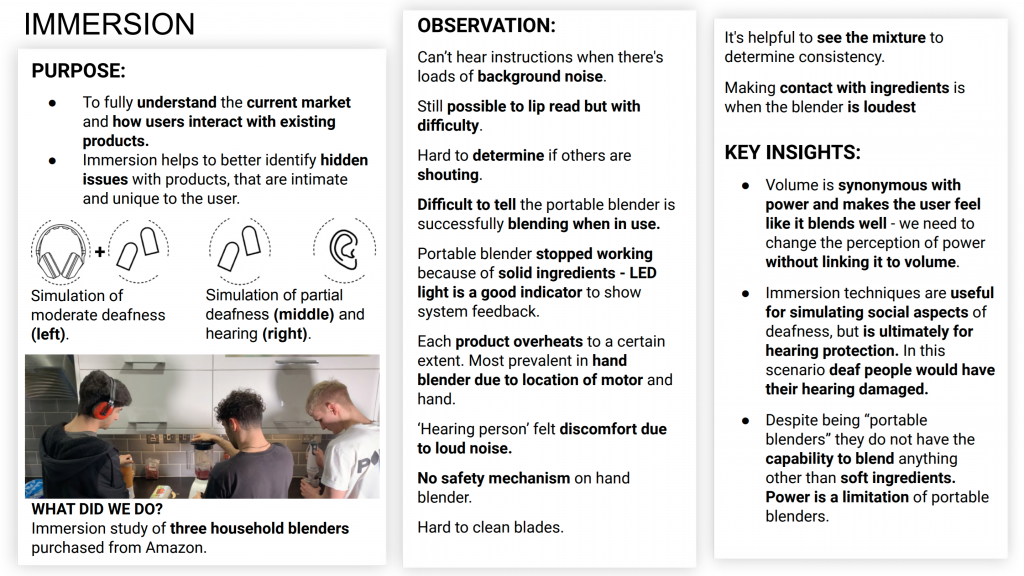
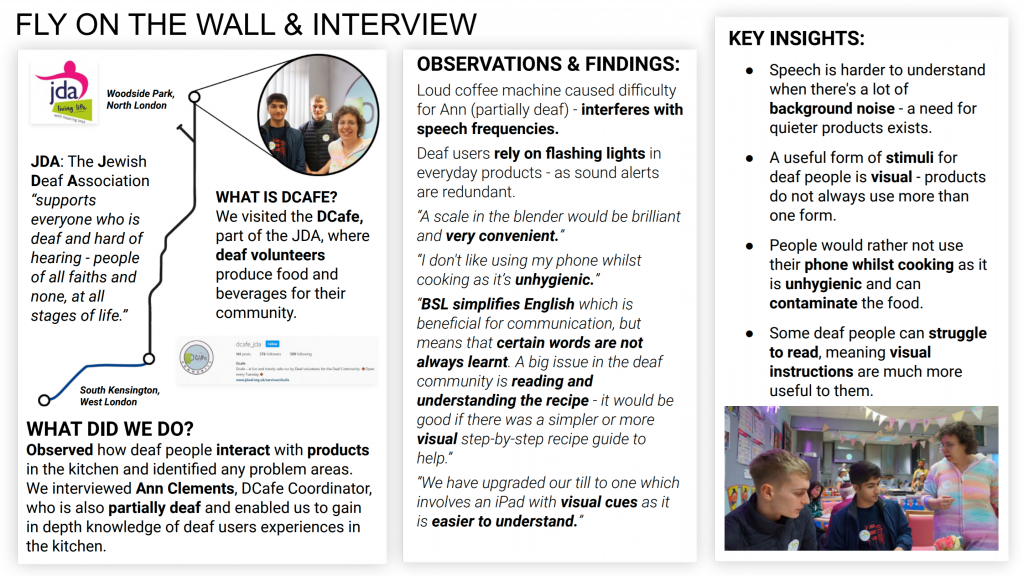
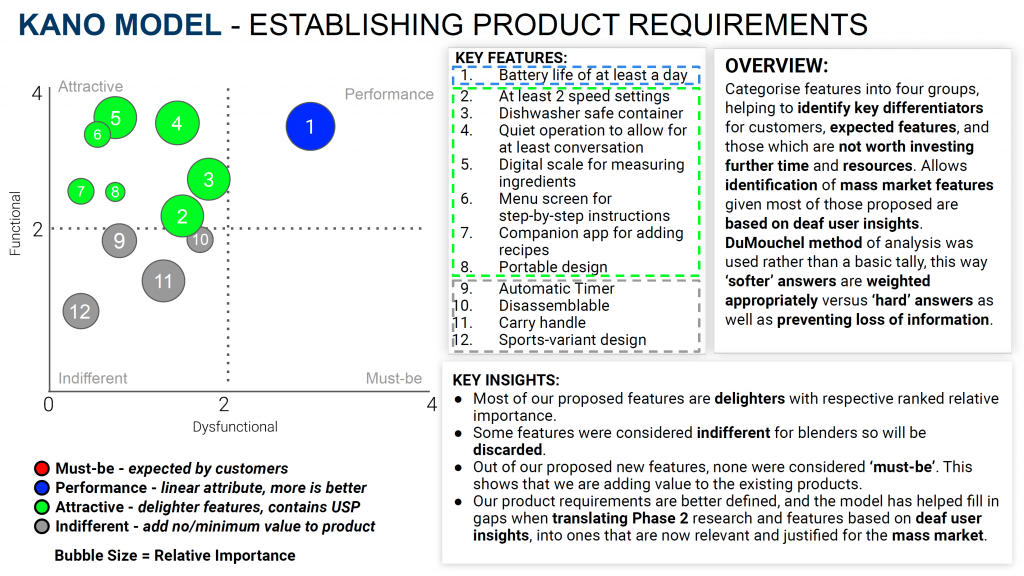
Design Engineering Processes

Electronics
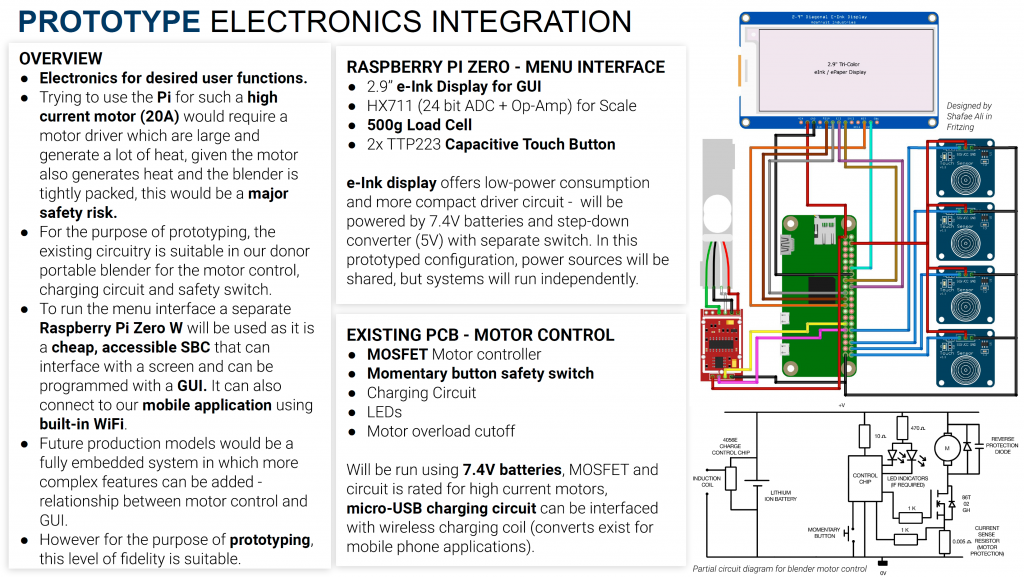
CFD Analysis
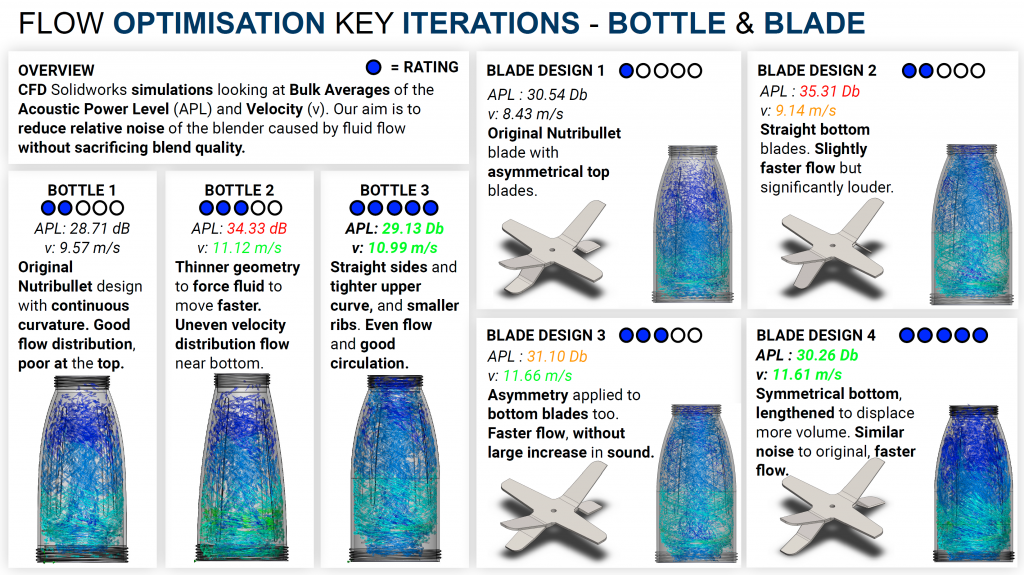
CAD Detail Design
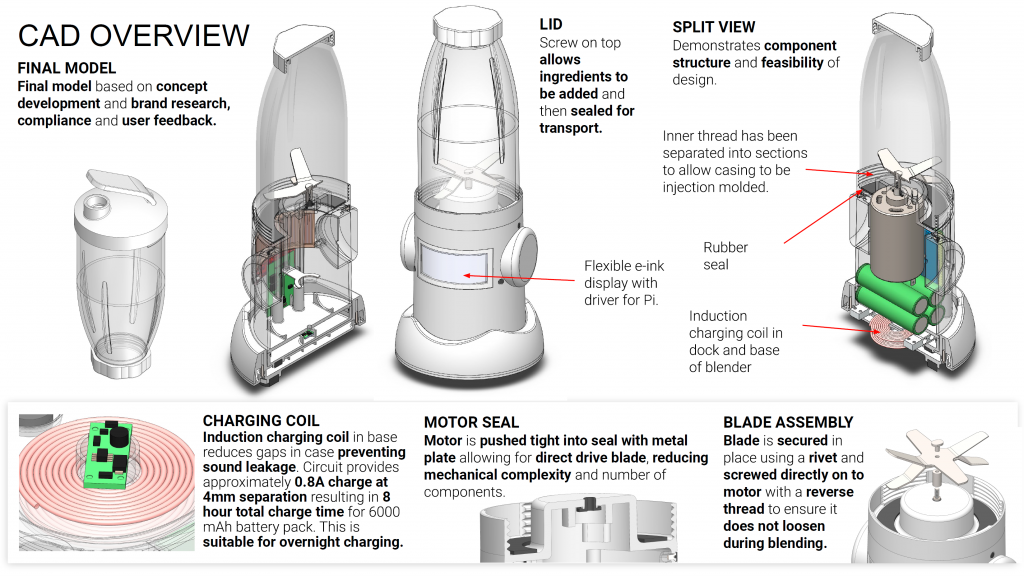
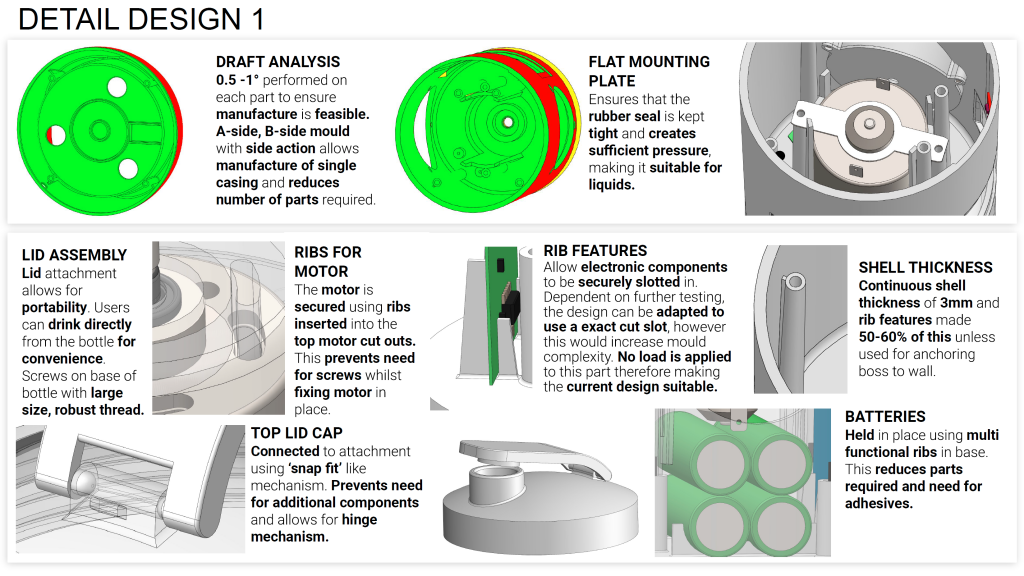
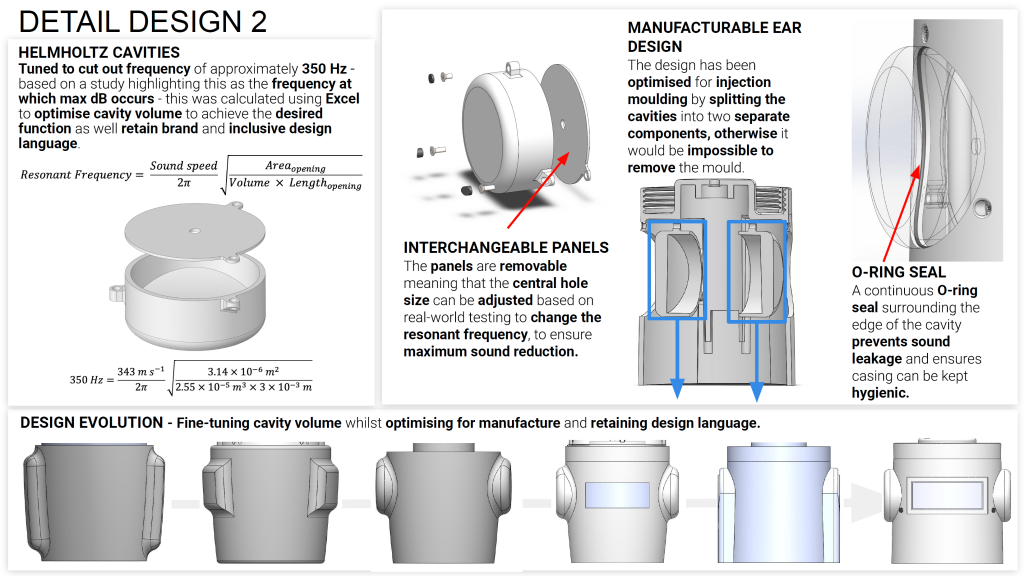
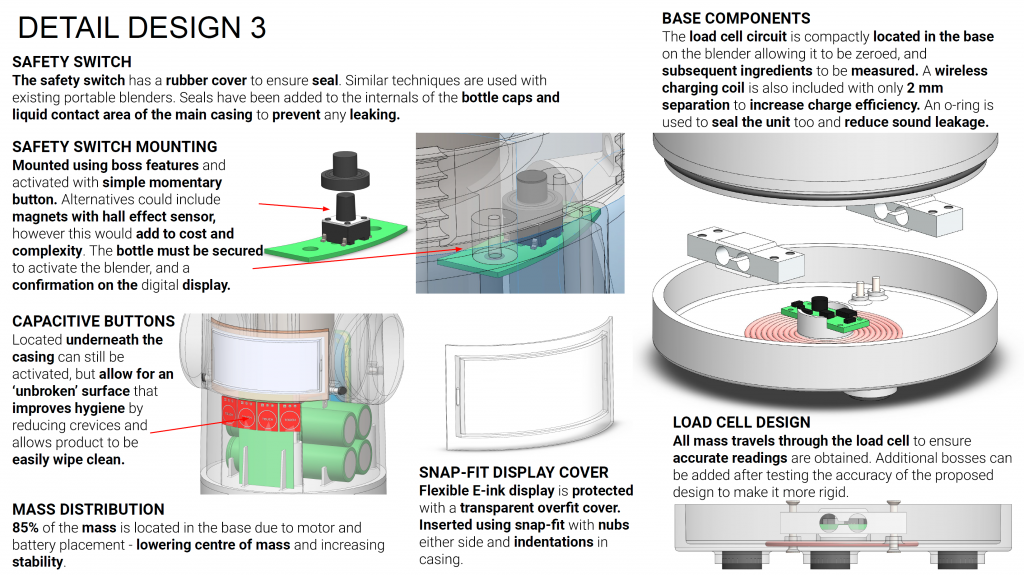
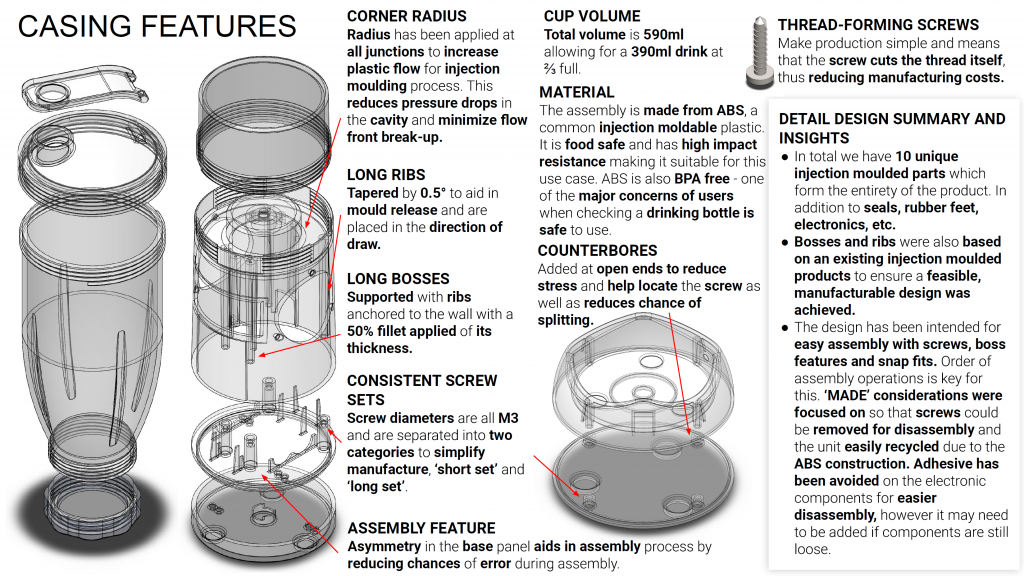
Previous image
Next image
Assembly Process
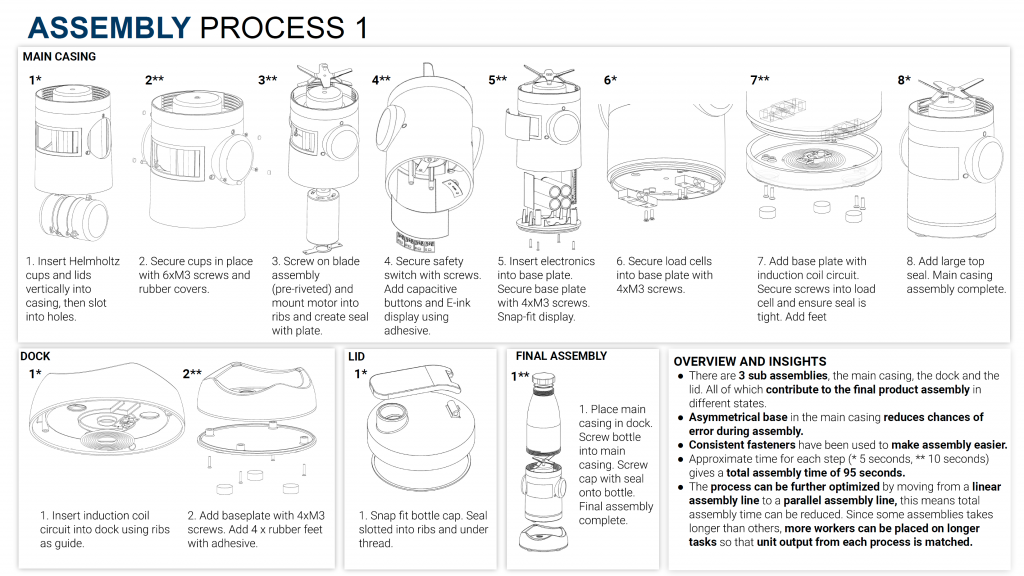
Key Features
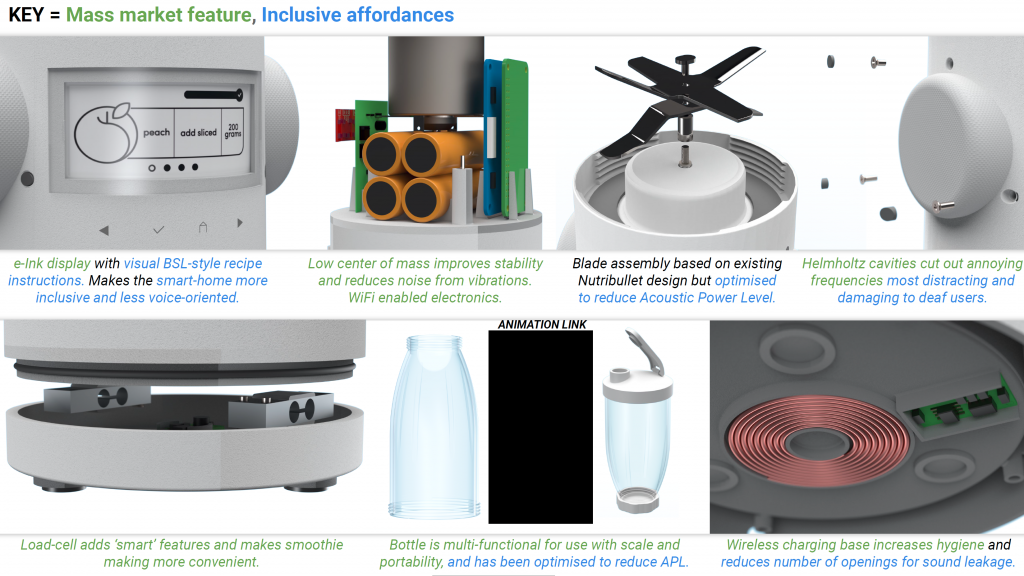
Final Branding

